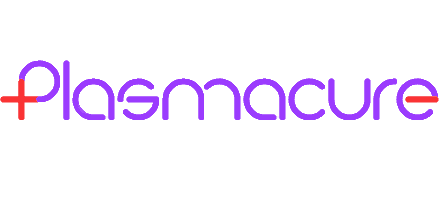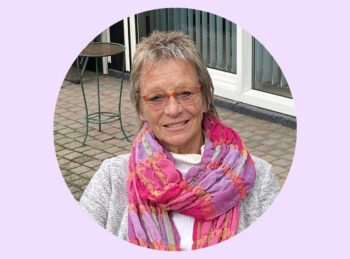Interview November 17, 2022
Annelies van der Horst explains what it meant to her to take care of her husband, Werd. Werd was unable to walk for six months because of a wound on his foot. It was time-consuming having to transport Werd everywhere. Annelies also provided mentally support. Fortunately, they are both retired and had the time and money to deal with this situation. Also, there were no small children in their household and Werd was very cheerful and positive throughout. That made it easier for Annelies. Watch the video in which Werd PLASOMA receives cold plasma treatment.
Support and care, the impact on the family caregiver
“My husband, Werd, could not put weight on his foot for six months because of a wound. First a toe was amputated, then he had a very painful bone infection and after that another toe was amputated. He needed to go to the hospital quite often, also for other issues. At the hospital I helped him into the wheelchair. Transporting him back and forth was time consuming. Luckily we are both retired and I can handle the caregiving. The impact on family, friends and neighbors would otherwise be much greater. At one point he could drive himself again and that made a big difference. He has a fully automatic vehicle and can manage very well with that.”
“With small children, it is an enormous responsibility to be a home carer, that is intense. The sooner that wound is closed the better.”
“Fortunately, Werd has a very cheerful and positive attitude, which made it easier for me. But I had to support him mentally, because he did not have the power to improve the situation and he was unable to do many things. I can well imagine that people with a more negative attitude could easily become depressed. Especially if you are usually on the go, then you really fall into a dark place if you are forced to sit all day long. Fortunately, we have the time and money to deal with this. And we have a quiet household, without small children. With small children, it is an enormous burden to be a home carer, that is intense. The sooner that wound is closed the better. At some point, the patient can begin to feel very low. If you are a full-time care giver and the patient is also very depressed, it is even more difficult to keep going.”
“Fortunately, we were able to keep our social life going. Werd is often out and about. As he was home so much, many people came to visit. We worked it out so that I also had time to do my own things. As a woman I do almost everything in the house, so everything continued smoothly. Shortly after the wound closed I got a torn Achilles tendon; it turned out that Werd was unable to find anything in the house.”
Intensive care, with the neighbour’s help
“The wound had to be treated every day and then re-bandaged. The protocol is that the home carers and patients themselves learn how to bandage, because professional care staff cannot come daily to bandage the wound. It was also not possible to travel to the hospital daily. Werd mostly took care of this himself. We were fortunate that Ingrid Ruys – the diabetes podiatrist of Máxima MC who had earlier treated the wound with PLASOMA – is also our neighbour. She was on hand to bandage Werd at home very often, which saved a lot of time and effort. The house was full of bandages and ointments. Luckily it went pretty well in terms of showering. The wound had to stay dry. For this, Werd used a special plastic cover that you can pull all the way over your leg and close at the top. I didn’t have to lift him.”
“As far as I’m concerned, PLASOMA is a step forward in medical science.”
“We were happy that Werd received PLASOMA cold plasma treatment. Science is embracing great challenges. As far as I’m concerned, PLASOMA is a step forward in medical science. I don’t know much about it and I think it’s already so far advanced. I call it a bit of a medical miracle. In 5 years it might be available everywhere.”
You can also read Werd’s story about his amputation wound and the succesful treatment with PLASOMA.


